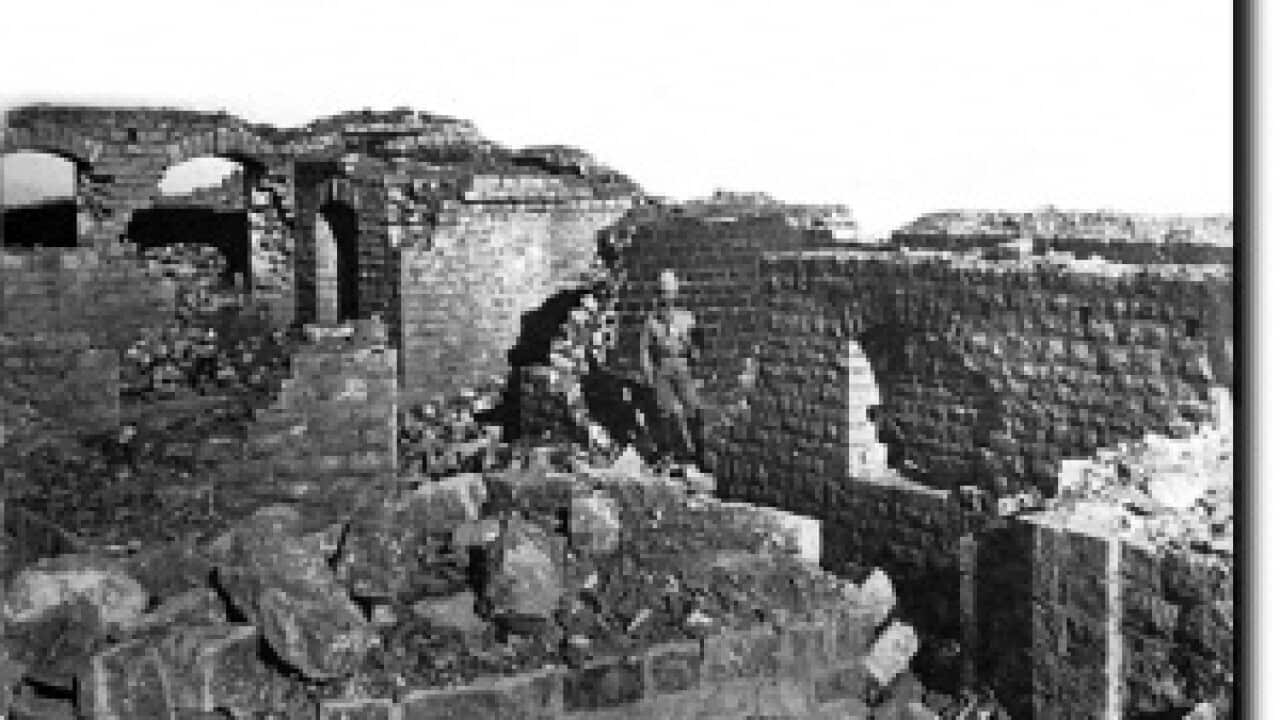12 September this year marks the 121st anniversary of the Battle of Saragarhi, that's known as one of the greatest last-stands in the military history.
The epic battle
The Battle of Saragarhi is known as one the greatest last-stands in military history and was a tremendous act of collective valour. On 12 September 1897, 21 Sikh soldiers of the 36th battalion of the Sikh regiment of the British Army, fought to their death against an army of over ten thousand marauding Orakzai and Afridi tribesmen in Khyber-Pakhtunwa area of modern day Pakistan.
Saragarhi was a communication post between two forts, Gulistan and Lockhart, built by Maharaja Ranjit Singh, as there was no visual contact between both the forts. The tribes had started to revolt against the British rule over the area.
There had been several attacks on the forts preceding the great battle. However, the tribesmen decided to launch a full frontal attack on Saragarhi, that was manned by just 21Sikh soldiers, led by Havildar Isher Singh, with the design to cut off the communication between the two.
Fight to the last man
On the fateful day, after the tribesmen had assembled for the attack, a message was sent from Saragarhi to Fort Gulistan about the impending attack by the mammoth army. The response from the fort was that no immediate help could be sent. But that didn’t dissuade the supremely brave Sikh soldiers from braving the force of myriad attackers. Havildar Isher Singh declined the offer of a safe passage and chose to engage the enemy, with the motive of delaying an attack on the forts.
The attack is thought to have begun at 9 in the morning. Several attempts by the tribesmen to rush through the gate of Saragarhi were repelled. The attackers finally managed to breach a wall, but the Sikhs continued to fight the attackers for over six hours until all but one of them fell.
"The Government of India have caused this tablet to be erected to the memory of the twenty one non-commissioned officers and men of the 36 Sikh Regiment of the Bengal Infantry whose names are engraved below as a perpetual record of the heroism shown by these gallant soldiers who died at their posts in the defense of the fort of Saragarhi, on the 12 September 1897, fighting against overwhelming numbers, thus proving their loyalty and devotion to their sovereign The Queen Empress of India and gloriously maintaining the reputation of the Sikhs for unflinching courage on the field of battle."-The commemorative tablet
Standing ovation in the British Parliament and battle honours
As information about this reached Britain, the parliament rose to give a standing ovation to these brave soldiers. All of the martyred soldiers were decorated with the highest military honours, The Indian Order of Merit.
The modern Sikh Regiment continues to celebrate the day of the Battle of Saragarhi each 12 September as the Regimental Battle Honours Day. To commemorate the men the British built two Saragarhi Gurudwaras, one in Amritsar, very close to the main entrance of the Golden Temple, and another in Ferozepur Cantonment, which was the district that most of the men hailed from.
Casualty figure
Gurmukh Singh, who communicated the battle to fort Gulistan, was the last Sikh defender. He is said to have killed 20 Afghans before he died.
Having destroyed Saragarhi, the Afghans turned towards Fort Gulistan, but they had been held up at Saragarhi too long, and reinforcements arrived there in the night of 13–14 September. The Pashtuns later admitted that they had lost about 180 killed and many more wounded during the engagement against the 21 Sikh soldiers, but some 600 bodies were seen around the destroyed Saragarhi, most of those believed to be of the attackers.
